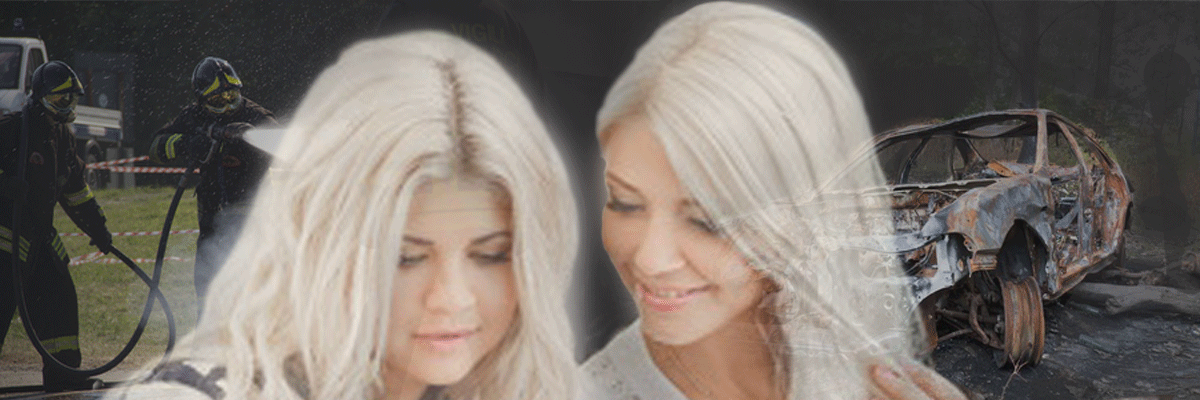
Verbiage is the way we use words to express ourselves. With the skillful use of words, we can encourage, educate, or entertain. We can motivate a mob, speak peace to the storm, or put people to sleep.
No matter what we intend with our words, we should continually evaluate their effect and seek ways to make them better.
Don’t Be a Rambling Rose
If readers have no sense that a story is taking them somewhere important, they quickly become bored and will leave for something more interesting. Look for ways to reveal a situation in which your flawed character wants something. Then focus everything that happens toward that goal, sometimes helping, sometimes hindering. Keep your audience wondering, How will this turn out?
Use a Cinematic Approach
Watching a movie, viewers would be shocked to see a caption at the bottom, saying, “Charlie is really upset and doesn’t know what to do.” They don’t want to be told what happens. They want to figure it out for themselves.
Your writing needs to adopt the same principle: “show, don’t tell.” What does that mean? Do your best not to explain anything. Instead of writing, Janet was angry, tell how she looks and what she does that would reveal how she feels. This is what happens in the movies, and that’s what readers most appreciate on the printed page.
Use All Five Senses in One Character’s Deep Point of View
The movies have only sight and sound to bring viewers into the reality of their worlds, making them feel like they are an invisible person involved in the action. The viewpoint is always observing, empathizing or sympathizing, but never with a complete feeling of being a particular character.
With practice, you can strengthen your verbiage by limiting the viewpoint to one character in a scene. Do that, and you will deliver a benefit to readers that movies will never have. Instead of seeing the accident, readers get to experience the action as if it were happening to them, feeling the impact and smelling the smoke.



